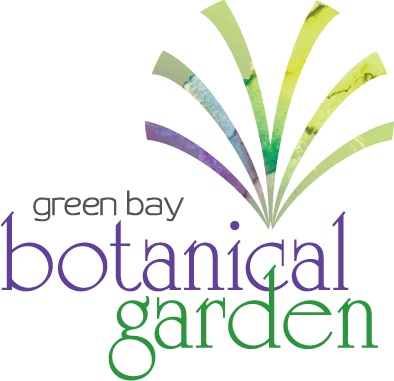Herbs grow quickly in summer, as they thrive in any garden bed or container. But when winter’s cold temperatures arrive, herbs planted outdoors go dormant or die off. Drying herbs is an easy way to preserve them for future use, which allows you to enjoy your harvest year-round.
It’s easy to dry herbs, peppers, and flowers at home without costly equipment like dehydrators. Since there are a wide variety of herb types, there are also various ways to dry them. Let’s dig into a few different options!
Hot Peppers

Hot peppers, such as those included in our Hmong and Hispanic Culinary areas, can be dried and stored at home. Harvest your peppers at peak ripeness. Before drying, rinse them thoroughly and pat off any excess moisture.1
Air drying peppers takes 3-4 weeks and works best for small peppers with thin skin. Simply hang them to dry in a warm sunny spot with lots of air circulation.1
Oven drying is significantly faster, and is the best option for peppers that are large and have thick skin, like poblanos. Larger peppers should be cut into uniform pieces to speed up the drying process.
Small peppers, like the Super Thai chilis featured in our Hmong Herb Garden, can be dried whole. Dry your peppers at a low oven temperature, around 100 degrees Fahrenheit, and leave the door slightly ajar. Rotate the peppers occasionally. You’ll know they’re ready when they’re brittle and stiff.1
Leafy Herbs

Leafy herbs, such as thyme and cilantro, should be picked before they are budding. Avoid collecting wilting leaves, and discard any bruised herbs. Before you dry your herbs, wash them lightly under cold water, and gently shake out excess moisture.2
Hardy herbs are easy to air dry. This includes those with woody stems, such as rosemary and thyme, and others like oregano and sage.2 Simply strip a few inches of leaves at the bottom of each stem, tie the stems in a bundle, and hang them upside down in a warm spot indoors.4 This process can also take place outdoors, but sunlight can degrade the color and flavor of herbs.2
Herbs that are leafier and hold more moisture tend to go rancid if the drying process takes too long. To avoid this, make sure that your bundles are small. They can also be placed in a paper bag while hanging to dry for further protection from sun and dust. Just make sure to add tears or holes to allow for air circulation.2
Like peppers, leafy herbs can also be dried in an oven around 100 degrees Fahrenheit. Arrange the leaves in a single layer on a baking tray, and stir the leaves occasionally. You’ll know they’re ready when the leaves are crisp and fall apart when rubbed between two fingers.2
Edible Flowers

Before processing a whole harvest of edible flowers, it’s important to dry a smaller test batch to determine whether drying will be the best option. While some flowers retain their colors and flavors well, others don’t.3
Like peppers and herbs, it’s possible to hang most edible flowers to air dry. For especially delicate flowers or those that tend to drop petals, drying on a food grade screen or tray may be more effective.3
Create Your Own Herb Container
Planting a container garden is a simple way to grow an abundance of herbs in a small area. Whether you start them outdoors next spring, or place them by a sunlit window through the colder months, you’re sure to have a harvest to enjoy year-round. Find our Herb Garden Inspiration web page to access the container designs we created or get inspired to dream up your own custom container.
Sources
- “Container Gardening: Drying Peppers.” Naples Botanical Garden. Accessed June 13, 2024. https://www.naplesgarden.org/container-gardening-drying-peppers/.
- “Drying Herbs.” National Center for Home Food Preservation, University of Georgia. Accessed June 13, 2024. https://nchfp.uga.edu/how/dry/recipes/herbs/#:~:text=Try%20hanging%20the%20tender%2Dleaf,will%20circulate%20through%20the%20bag.
- Jauron, Richard et al. “Edible Flowers.” Iowa State University Extension and Outreach, Iowa State University of Science and Technology. Accessed June 13, 2024. https://store.extension.iastate.edu/Product/Edible-Flowers-PDF.
- Marquesen, Susan and Carol Kagan. “Growing, Harvesting, and Preserving Herbs.” PennState Extension, The Pennsylvania State University, 2021. https://extension.psu.edu/growing-harvesting-and-preserving-herbs.




